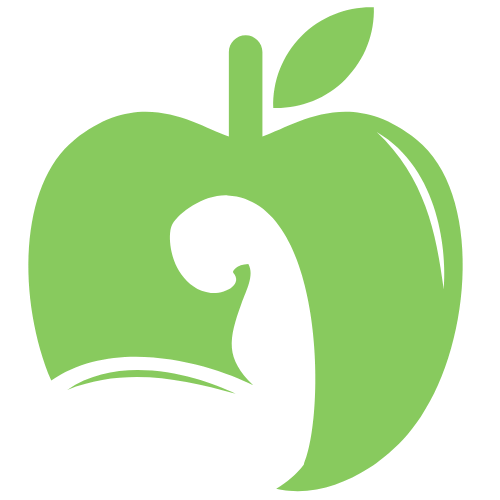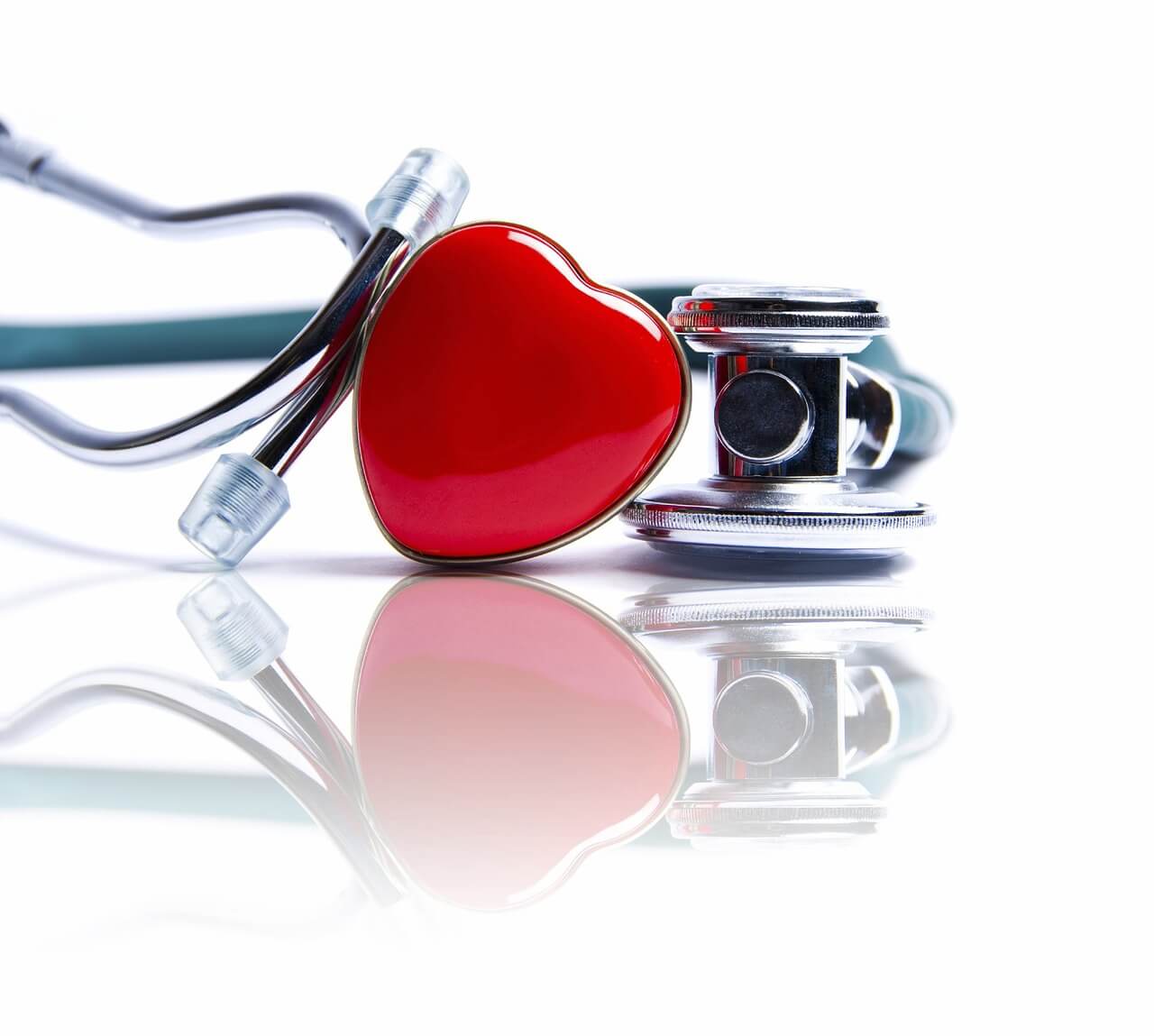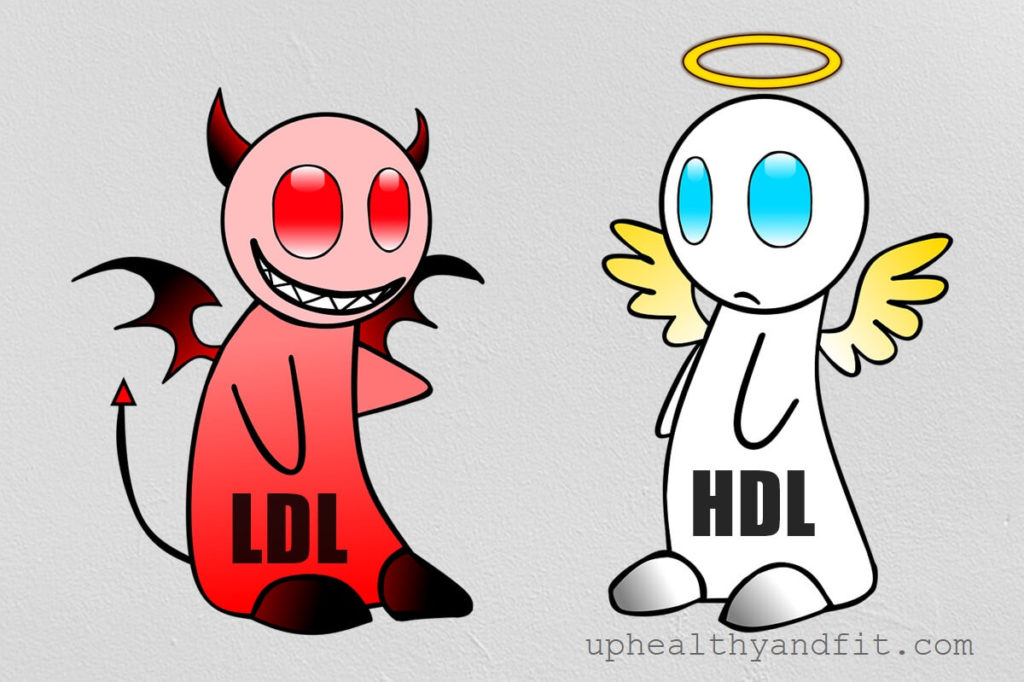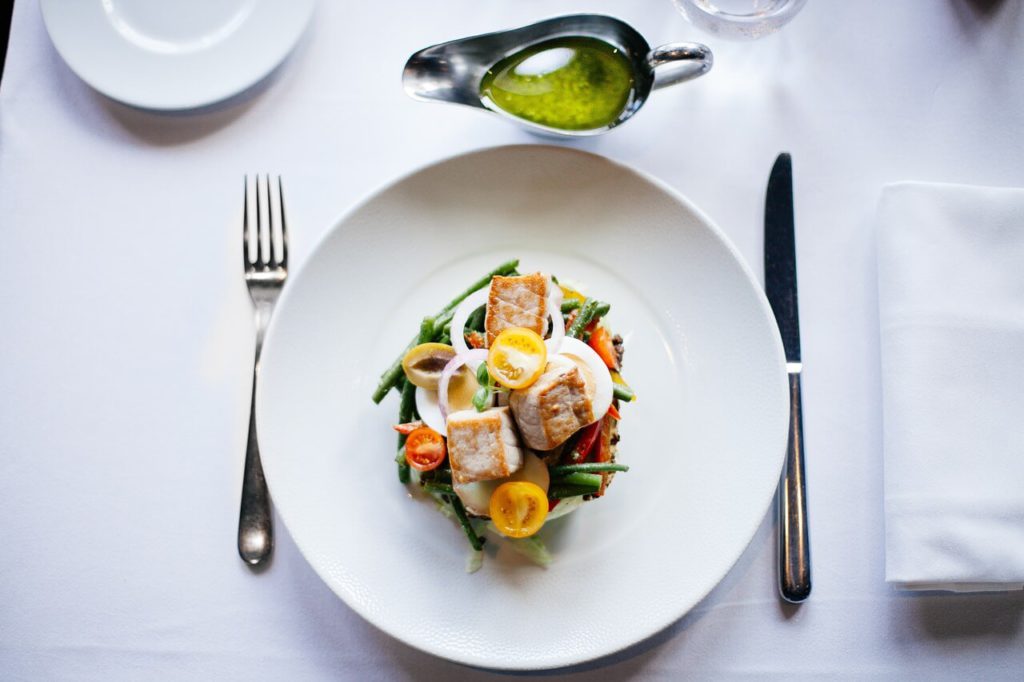There is no such thing as a high cholesterol diet suitable for everybody, though there are some foods to eat and some to definitely avoid in order to keep cholesterol levels in check.
The best way to lower cholesterol levels is following a well-balanced nutrient-rich diet and having a healthy lifestyle. Now let’s try to better understand what cholesterol is and why it needs monitoring.
What is cholesterol?
Cholesterol is a lepidic substance produced in our body and absorbed from what we eat. It is conveyed in the bloodstream by lipoproteins.
Some people mistakenly think that all kinds of cholesterol are bad, so it is important to distinguish between the different types of cholesterol.
There are two types of cholesterol: the LDL (low density lipoproteins) cholesterol and the HDL (high density lipoproteins) cholesterol.
A high level of low-density lipoproteins (LDL) may lead to atherosclerosis, a disease in which the inside of an artery narrows due to the build-up of plaque. Arteries may occlude completely and when it happens to coronary arteries you have a heart attack. The occlusion of brain arteries may cause a stroke. These low-density lipoproteins are also known as “bad cholesterol”, and they are the topic of this article.
Whereas high-density lipoproteins (HDL) are thought to help flush out exceeding cholesterol, by transporting it to the liver, where it gets metabolized and eliminated. These high-density lipoproteins are also known as “good cholesterol”.
When to be alerted?
In the United States cholesterol levels are calculated in milligrams of cholesterol for each deciliter of blood. A result of under 200 mg per dl is desirable. A level somewhere between 200 to 239 mg per dl is within the edge line of high-risk class. In that case your doctor might advise you to develop a preventing low cholesterol diet plan. More than 240 per dl is the high-risk class. (Source: Cholesterolmenu)
Did you know that 80 % of bad cholesterol is actually synthesized by our own body cells?
Only 20 % of it comes from what we eat. On the other hand, food plays a key role in helping our body keep the production of LDL cholesterol in check.
In some people, high cholesterol levels may be genetically inherited and family history, together with a complete check-up, help doctors assess all the factors involved.
High cholesterol diet
Making changes to our diet and lifestyle is essential to lower cholesterol levels in our bloodstream and decrease the cardiovascular risk.
As mentioned above, most cholesterol is produced inside our body. This production gets promoted by an enzyme, called HMG-reductase, which in turn is promoted by eating foods rich in simple sugars – carbohydrates that are quickly absorbed by the body to produce energy. Disproving the popular belief, it is not eggs and cheese we should avoid, but sweets and refined cereals.
High cholesterol – foods to avoid:
- refined foods, like pasta or white rice, foods made with white flour (bread, snacks, biscuits, crackers, bread sticks, cakes).
- sugar-rich foods (sweets, fruit juices, soft drinks and sodas), sugar-added yoghurt, ice cream, sherbet, candy, breakfast cereals, chocolate and milk chocolate, dehydrated fruit and canned fruit.
- alcohol, especially hard alcohol and cocktails, that trigger an enzyme which in turn produces cholesterol.
Best foods to eat to lower and control cholesterol levels:
- foods rich in omega-3, like fish (salmon, mackerel), that help battle inflammation and protect cholesterol from oxidation, which makes it harmful to arteries.
- foods rich in omega-6, like seeds, extra virgin olive oil, meat, walnuts, soy etc.
- foods rich in antioxidants, like dark chocolate, walnuts, green tea, herbs and spices.
- foods rich in beta-glucan (substances helping to eliminate bad cholesterol), found in large quantities in whole cereals, like oats, barley and cereal bran.
- foods rich in fiber and sterols, which help prevent cholesterol from being absorbed in the bowel: beans and legumes, vegetables.
- foods loaded with vitamin C – yellow and red peppers, parsley, broccoli, hot peppers, etc.
- foods loaded with vitamin E – almonds, seeds, powdered pepper, paprika, cayenne pepper, wheatgerm oil.
If your LDL cholesterol levels are high, then it is extremely important to make some changes to your diet. But choosing the right foods and changing the way you eat is not enough. You have to as well take into account and eliminate other risk factors such as smoke, high blood pressure, overweight and lack of consistent physical exercise, as they may further increase the risk of a heart attack or a stroke.
Thank you for reading and if you find this article useful, please comment below and share it so other people can benefit from it as well.




High cholesterol runs in our family. This is good advice for different foods to eat and avoid. I need to do better about avoiding sugars in general – this is a good wakeup call.
Hi Sarah, I try to avoid sugars in general too! Your comments are always highly appreciated. Please keep following my blog.
Well researched and informed post – thank you for sharing. I definitely learnt a lot from reading this.
Hi Alexandra, I always try to do my best with the articles. Thanks for your feedback and please keep following my blog.
… [Trackback]
[…] Read More: uphealthyandfit.com/high-cholesterol-diet-best-foods-to-eat-and-foods-to-avoid/ […]
buy tadalafil online no prescription
High Cholesterol Diet: Best Foods To Eat And Foods To Avoid
best essay writing service
High Cholesterol Diet: Best Foods To Eat And Foods To Avoid